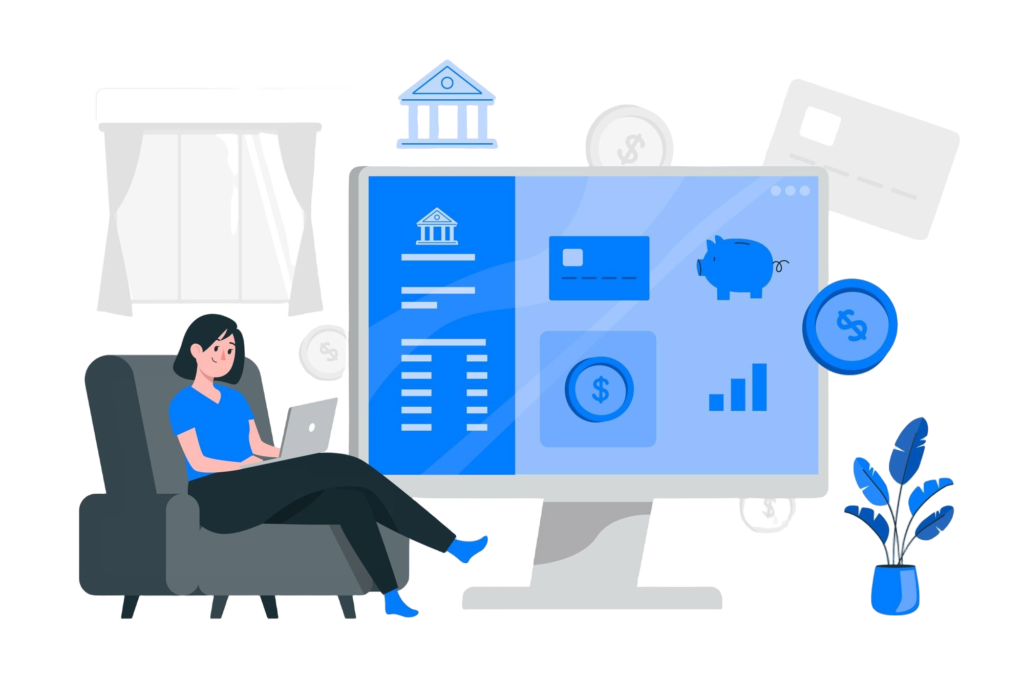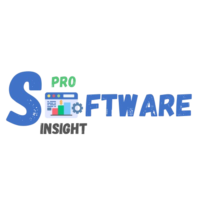Tenant Management Software: Simplify Leasing and Communication

Table of Contents:
Intro
- What is Tenant Management Software?
- Key Features
- Benefits
- Choosing the Right Software
- Conclusion
In the dynamic realm of property management, maintaining organization and efficiency is essential. Whether you’re managing a handful of units or overseeing a portfolio of hundreds, tenant management software can be a game-changer. Designed to streamline leasing, communication, and day-to-day operations, these tools empower landlords and property managers to deliver exceptional service while saving time and reducing stress.
What is Tenant Management Software?
Tenant management software is a digital solution tailored to the needs of property managers and landlords. It integrates features such as lease tracking, rent collection, tenant communication, maintenance requests, and more into a single, easy-to-use platform. By automating routine tasks and centralizing information, this software simplifies the complexities of property management, allowing professionals to focus on growth and tenant satisfaction.
Key Features
1. Streamlined Leasing Processes
From advertising vacant units to screening potential tenants, tenant management software accelerates the leasing process. Many platforms offer tools for:
- Online Applications: Prospective tenants can apply directly through the system, eliminating paperwork.
- Screening Services: Integrated background and credit checks help ensure you find reliable tenants.
- Lease Creation and E-Signatures: Quickly generate legally compliant lease agreements and secure digital signatures to save time.
2. Effortless Rent Collection
- Automated Payment Reminders: Notify tenants about upcoming due dates.
- Multiple Payment Methods: Accept payments via credit card, bank transfer, or even mobile wallets.
- Payment Tracking: Gain real-time visibility into who has paid and who hasn’t, reducing manual bookkeeping errors.
3. Centralized Tenant Communication
Clear and timely communication is crucial for tenant satisfaction. Features like in-app messaging and email templates enable landlords to:
- Quickly address tenant inquiries.
- Send updates or announcements to individuals or groups.
- Maintain a record of all correspondence for future reference.
4. Maintenance Request Management
Dealing with maintenance issues is one of the most time-consuming aspects of property management. Tenant management software simplifies this by:
- Allowing tenants to submit requests online.
- Prioritizing and assigning tasks to vendors or in-house teams.
- Tracking progress until the issue is resolved.
5. Data Analytics and Reporting
For property managers focused on growth, data insights are invaluable.
- Occupancy Reports: Monitor vacancy rates and trends.
- Financial Reports: Track income, expenses, and profitability.
- Performance Metrics: Evaluate the efficiency of leasing and maintenance operations.
Benefits of Using Tenant Management Software
- Enhanced Efficiency: By automating repetitive tasks and centralizing data, tenant management software reduces administrative burdens. Property managers can redirect their energy toward strategic decision-making and tenant relationships.
- Improved Tenant Satisfaction: Happy tenants are more likely to renew their leases and recommend your properties. With seamless communication, prompt issue resolution, and user-friendly tools, tenant management software ensures a positive tenant experience.
- Cost Savings: Although there is an upfront cost to adopting tenant management software, the long-term savings are significant. Fewer errors, streamlined processes, and reduced vacancy periods translate to higher profitability.
- Scalability: Whether you’re managing a single property or an expansive portfolio, tenant management software grows with your needs. Many platforms offer scalable pricing plans and customizable features to accommodate any size of operation.
Choosing the Right Tenant Management Software
- Ease of Use: Ensure the platform is intuitive and easy to navigate.
- Customization: Look for software that can adapt to your unique property management needs.
- Customer Support: Opt for a provider that offers responsive support and training resources.
- Integrations: Check if the software integrates with other tools you use, such as accounting systems or marketing platforms.
- Cost: Compare pricing plans and calculate the return on investment based on the features offered.
Popular options include Buildium, AppFolio, TenantCloud, and Rentec Direct, each catering to different property management requirements. Explore free trials or demos to find the best fit for your operations.
Conclusion
Tenant management software is more than a convenience—it’s a strategic asset for modern property management. By streamlining leasing, simplifying communication, and enhancing operational efficiency, these platforms empower landlords and property managers to excel in a competitive market.
